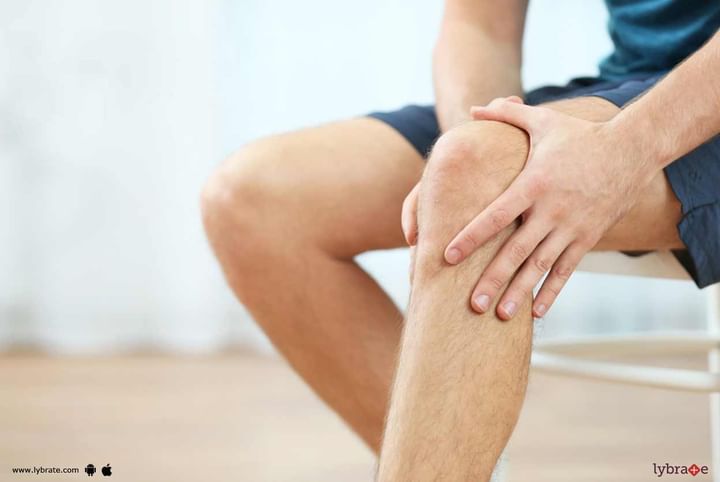PCL - Know Reasons Behind It!
The posterior cruciate ligament is one of four important ligaments within the knee. It keeps the lower leg bone (tibia) from sliding posterior to the thigh bone (femur). In many cases, injuries which tear the posterior cruciate ligament damage other cartilages or ligaments in the knee as well.
Causes of PCL Injuries
The injuries of PCL are often caused by a blow to the knee when it is bent. Some common causes include falling on the knee when it is bent and striking the knee towards the dashboard during an auto accident. Sports injuries also commonly cause PCL injuries such as during playing baseball, skiing, football, and soccer.
An injury to the PCL can possibly cause mild to acute damage. Doctors have generally categorized PCL injuries in the groups given below:
● Grade 1: Partial tear in PCL
● Grade 2: The ligament is slightly torn and is also looser as compared to the damage in Grade 1
● Grade 3: Complete tearing of the ligament and the knee becomes unbalanced.
● Grade 4: A damage of the PCL along with other ligaments in the knee.
The problems of PCL can be chronic or acute, depending upon its time of development. Sudden injury results in the acute type of PCL problems whereas Chronic PCL problems are caused due to an injury which evolves over time.
Symptoms
After a PCL injury, people mostly think that they have a slight knee problem. The symptoms which might develop along with knee pain include swelling (mild to severe), pain and instability after the injury, trouble bearing weight on the knee, troubled walking, and wobbly sensation in the knee. A PCL tear can also result in osteoarthritis in the knee.
Diagnosis
X-rays are used to analyze the fractures. Particularly stress X-rays can analyze laxity of the PCL. Moreover, MRI (Magnetic Resonance Imaging) is used in many cases to analyze the level of PCL injury and other injuries.
Treatment
● Initial treatment involves physical remedy to strengthen the quadriceps and rest.
● Surgical reconstruction is suggested when a patient has continuous instability in spite of completion of a program for physical therapy and sufficient quadriceps strength.
● Surgery includes reconstructing the Posterior Cruciate Ligament. Surgeons use allograft (donor tissue) or a patient’s own tissue (generally a piece of the quadriceps tendon) to recreate the PCL. Post-Operative Care or Guidance
● Patients might need to rest in the hospital after surgery for a day or two for pain control.
● Brace (or splint) and crutches are used nearly for one month after surgery.
● After surgery, physical therapy starts soon to regain the range of strength and motion.
● After surgery, it takes almost six to nine months of time for a full recovery. Many athletes take approximately one year to recover before fully returning to athletics.
Take Away
There are many treatments including physical therapy and surgery. However, it is important to consult an experienced doctor as he suggests the best options according to the patient's condition.



+1.svg)
